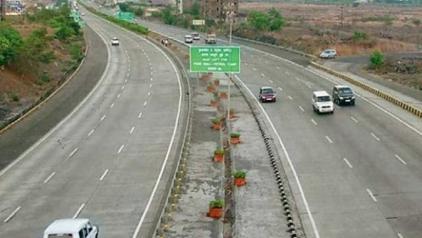A 7.2km six-lane elevated superhighway will be constructed on the four-lane Kona Expressway (NH117) and the work, with a two-and-half-a-year deadline, is likely to be over by early 2026.
The new stretch will bring an end to the perennial traffic snarl on the highway. Besides, the National Highways Authority of India (NHAI) will also relay a four-lane surface road to make it a 10-lane high-speed corridor for seamless movement of vehicles to and from Kolkata.
The NHAI had pegged the cost of the project at Rs 839.4 crore. The Rail Vikas Nigam Limited (RVNL) bagged the contract for the construction of the six-lane superhighway and they will complete the project with Rs 720.6 crore in 910 days.
The superhighway connects Vidyasagar Setu (Second Hooghly Bridge) in the east with NH16 (earlier NH6) at Nibra in the west. The vehicles entering and exiting the city will now save significant time, zipping past local traffic on the surface road below, said an official the NHAI. Over 1 lakh vehicles use Kona Expressway daily, said an officer of PWD-NHAI wing.
The six-lane elevated viaduct will be constructed on a single row of piers located over major congestion points like Santragachhi bus terminus, Santragachhi railway station, Shibpur, Canal Side Road, Carrie Road junction, according to the detailed project report (DPR) prepared by RITES in 2018.
The four-lane Kona Expressway and the narrower road overbridge on railway tracks leave many commuters in the lurch due to traffic snarls. Apart from numerous traffic intersections, both the NH-bound traffic from Kolkata as well as the one from the opposite direction often go out of gear. Moreover, Santragachhi, which is becoming the biggest terminal for the South Eastern Railway, is also a major congestion point, said a NHAI official.
With many trains terminating at Santragachhi, buses, cabs and cars are parked along Kona Expressway for ferrying passengers to and from Kolkata, thus causing traffic bottlenecks.



